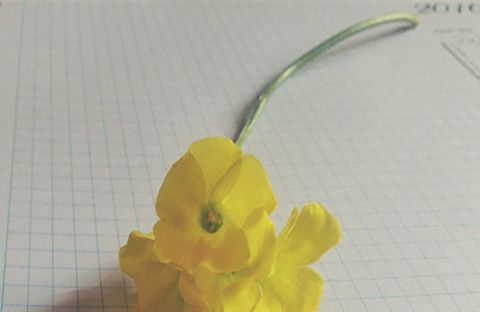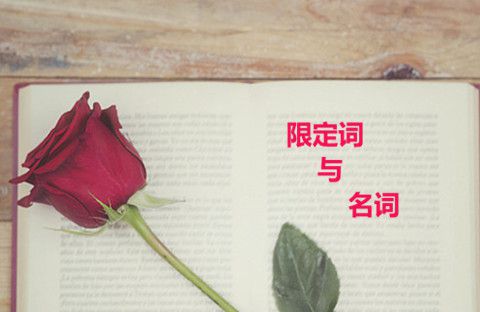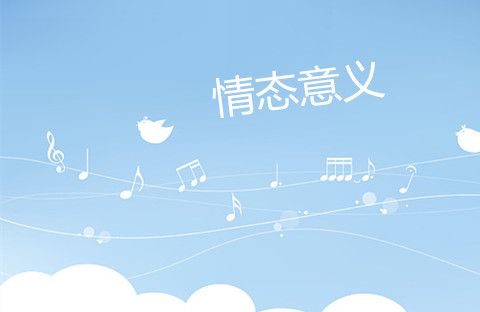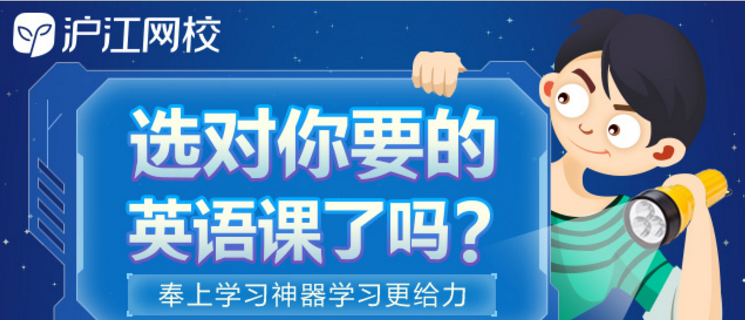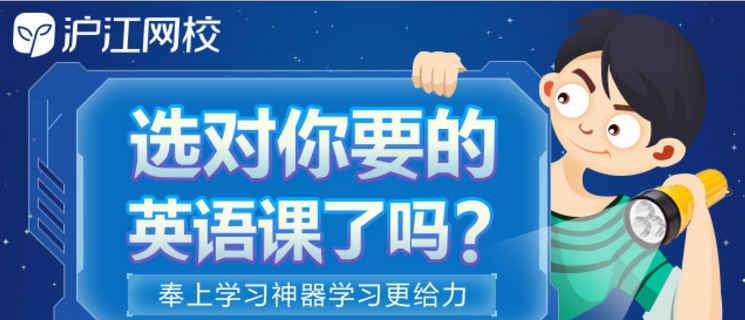Mid-Autumn Festival 1
|
the joyous Mid-Autumn Festival, the third and last festival for the living, was celebrated on the fifteenth day of the eighth moon, around the time of the autumn equinox. Many referred to it simply as the "Fifteenth of the Eighth Moon". In the Western calendar, the day of the festival usually occurred sometime between the second week of September and the second week ofOctober. This day was also considered a harvest festival since fruits, vegetables and grain had been harvested by this time and food was abundant. With delinquent accounts settled prior to the festival , it was a time for relaxation and celebration. Food offerings were placed on an altar set up in the courtyard. Apples, pears, peaches, grapes, pomegranates , melons, oranges and pomelos might be seen. Special foods for the festival included moon cakes, cooked taro, edible snails from the taro patches or rice paddies cooked with sweet basil, and water caltrope, a type of water chestnut resembling black buffalo horns. Some people insisted that cooked taro be included because at the time of creation, taro was the first food discovered at night in the moonlight. Of all these foods, it could not be omitted from the Mid-Autumn Festival. the round moon cakes, measuring about three inches in diameter and one and a half inches in thickness, resembled Western fruitcakes in taste and consistency. These cakes were made with melon seeds, lotus seeds, almonds, minced meats, bean paste, orange peels and lard. A golden yolk from a salted duck egg was placed at the center of each cake, and the golden brown crust was decorated with symbols of the festival. Traditionally, thirteen moon cakes were piled in a pyramid to symbolize the thirteen moons of a "complete year," that is, twelve moons plus one intercalary moon. Origin Moon Cakes
Nowadays, there are hundreds varieties of moon cakes on sale a month before the arrival of Moon Festival. For thousands of years, the Chinese people have related the vicissitudes of life to changes of the moon as it waxes and wanes; joy and sorrow, parting and reunion. Because the full moon is round and symbolizes reunion, the Mid-Autumn Festival is also known as the festival of reunion. All family members try to get together on this special day. Those who can not return home watch the bright moonlight and feel deep longing for their loved ones.
People in different parts of China have different ways to celebrate the Mid-Autumn Festival. In Guangzhou in South China, a huge lantern show is a big attraction for local citizens. Thousands of differently shaped lanterns are lit, forming a fantastic contrast with the bright moonlight. In East Chia's Zhejiang Province, watching the flood tide of the Qian-tang River during the Mid-Autumn Festival is not only a must for local peple, but also an attraction for those from other parts of the country. The ebb and flow of tides coincide with the waxing and waning of the moon as it exerts a strong gravitational pull. In mid autumn, the sun, earth and moon send out strong gravitational forces upon the seas. The outh of the Qiantang River is shaped lik a bugle. So the flood tide which forms at the narrow mouth is particularly impressive. Spectators crowd on the river bank,watching the roaring waves. At its peak, the tide rises as high as three and a half meters. |


